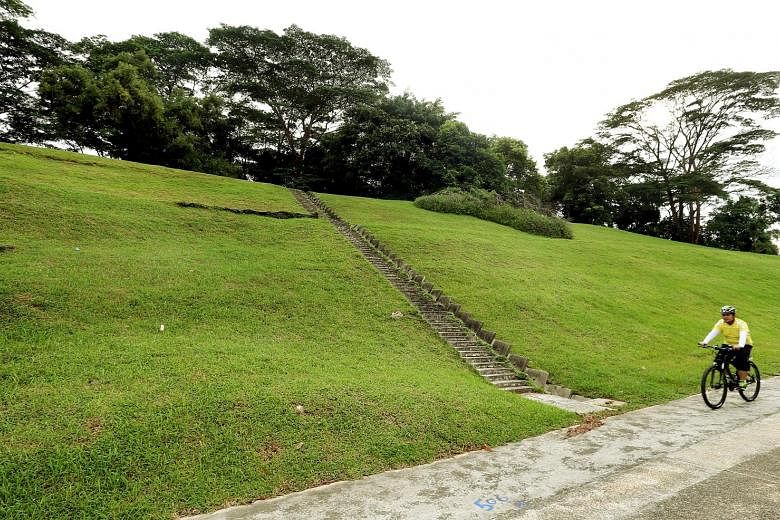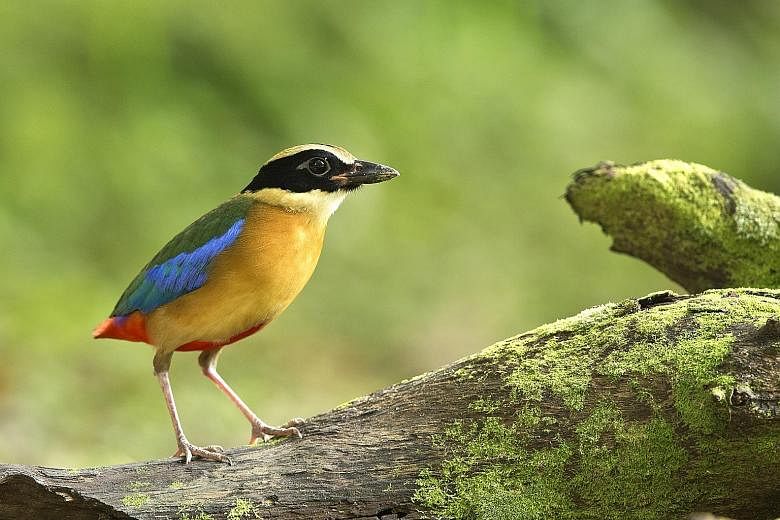Residents of Woodleigh Glen in Bidadari will have feathered friends for neighbours, when they move in some five or six years from now.
Next to the new Housing Board project - part of the Build-To-Order (BTO) launch that began yesterday - is an existing wooded hillock which is an important stopover for migratory birds here.
The hillock will be retained even as the former cemetery land is being developed into a new estate.
In planning for Bidadari, the HDB "aimed to make the most of its rolling greens", the board said in a release yesterday.
The hillock forms part of a larger network of planned greenery and open spaces in the new Bidadari estate, it added.
One of two Bidadari BTO projects launched yesterday, Woodleigh Glen will have 688 units. Starting prices before grants range from $181,000 for a two-room flexi flat to $468,000 for a four-room flat.
The retaining of this green hillock comes after long-running discussions with the Nature Society of Singapore (NSS).
In 2012 and 2013, the NSS submitted proposals to the HDB regarding which green areas of Bidadari should be retained for the estate's 10ha park, based on their importance to birdlife.
"Together with agencies such as the Urban Redevelopment Authority and the National Parks Board (NParks), the HDB has assessed NSS' proposal in detail, and agrees that there are merits to retaining the hillock," the HDB told The Straits Times.
"We have therefore decided to retain the western hillock, which is about 1ha, and incorporate it into the design of the public housing developments."
In a blog post in June, the NSS' Bird Group recounted a site visit to Bidadari - along with officers from the HDB and NParks - to point out which trees and shrubs to retain for the sake of the birds.
For instance, clumps of bushes and greenery are frequented by migrant flycatchers, pittas and kingfishers.
Trees provide places for birds such as cuckoos, shrikes and paradise flycatchers to forage, as well as nesting spots for species such as the changeable hawk eagle.
"All these measures will hopefully preserve much of the original character of this core area for the winter visitors and passage migrants that stop over here during the migration season," the Bird Group wrote on its blog.
Janice Heng



